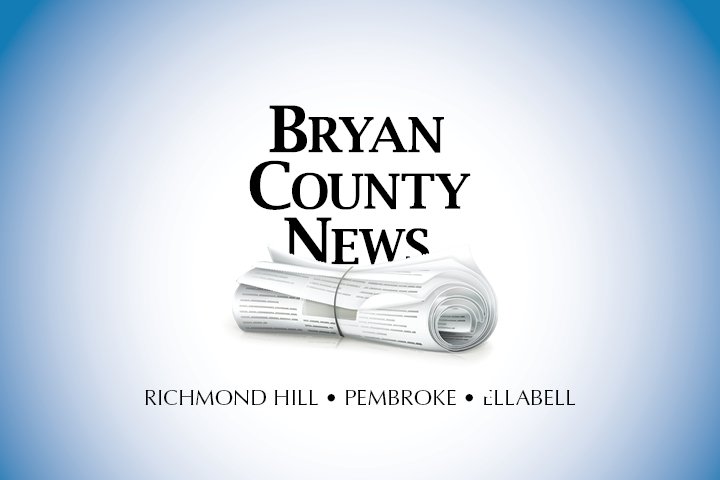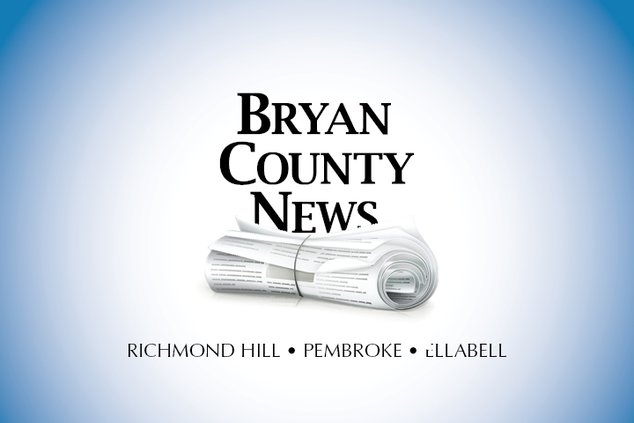In the wake of HBO original hits like The Sopranos, Mad Men became one of the first original programs on basic cable when it debuted in 2007, winning 15 Emmys and three Golden Globe awards before the series ended this spring.
Mad Men and other cable shows like it changed the standards of success for television.
And yet despite its critical acclaim, the Mad Men audience is relatively small compared to other cable or network shows. In 2014, Neilsen ratings ranked Mad Men at 21 for ratings, or an average of 3.7 million viewers per week.
To put that in perspective, the CBS sitcom Big Bang Theory netted 23.4 million viewers a week last season, and 14 million watched AMCs zombie drama The Walking Dead each week.
But ratings aren't what AMC president Charles Collier worries about, says Boston University media studies professor Deborah Jaramillo, because the acclaim Mad Men created set AMC apart as a network that provided high-quality television, essentially paving the way for its bigger hits like Breaking Bad and The Walking Dead.
In an age when many critically acclaimed shows come with a subscription cost, Jaramillo says ratings are just one measurement of a modern shows success.
Theres been this reconceptualization of the value of the audience and the composition of that audience rather than just the number of eyeballs watching, Jaramillo said. The audience is being used in a different way now and there is no one blanket idea of what success means.
Quality vs. quantity
One of the reasons ratings have become less important to the success of TV shows is because most shows that critics like require a subscription or cable membership to be seen.
For cable networks and streaming services like Netflix, that means a smaller audience, which means lower ratings from the outset compared to a free, widely available network show.
Washington University film and media studies professor Philip Sewell says that, for subscription-based channels and services, it doesnt matter as much how many people are watching as who is watching. If a network has a general profile of the people who watch their programming demographics they can be more focused on which products and advertisements would appeal to that audience.
Weve seen in the past that scarcity (of viewers) can actually make particular programs valuable, Sewell said. In the 80s, NBC had Hill Street Blues, which was considered high-quality even though it didnt have great ratings. What it did have was an urban, professional audience that tended to earn a lot of money and watched less TV.
AMC had a similar audience experience with Mad Men. More than half of the shows viewers were ages 25-54 with household incomes exceeding $100,000 a highly desirable demographic for advertisers.
Jaramillo says the role of demographics has grown more important since the 1960s, when networks first gained control over their own programming. In the early days of television, programming was chosen and funded based solely on corporate sponsorship. Popular shows like "The Dick Van Dyke Show" were prefaced with ads that would say, "Brought to you by Cheer detergent" or other products. In the 1970s and 1980s, Jaramillo says network rivals CBS and NBC first began the argument over which should matter more to sponsors and advertisers ratings or the kind of audience a networks shows attracted.
HBO is a great example of how demographic branding works; it was after film buffs, Jaramillo said. With The Sopranos, suddenly HBO wasnt just a movie channel, it was luring in a huge, new audience with original content.
Another measure of success is cultural clout or public support behind a show, says veteran sitcom writer and Boston University comedy script writing professor Michael Loman.
Word of mouth is very important. That's how shows like Seinfeld and the original All in the Family succeeded, Loman said. (Today) social media plays a big role in directing people to watch shows when viewers talk about how funny or good a show is."
Alternative revenue
While appealing to advertisers is still a big part of making television, cable and streaming services dont have to rely exclusively on advertising revenue to be successful.
Channels like AMC or HBO are partially supported by the cable companies that carry their programming, as well as paid syndication of past shows. A la carte services like HBO Now or Netflix also bring in money with subscriptions.
Jaramillo said that some new revenue models, especially subscriptions, have helped open the door to new ideas for shows. Because cable networks and streaming services are constantly trying to get new subscribers, theyre also constantly experimenting with characters and storylines.
If theyre not getting more subscriptions, thats an issue, but they also want to give the audience they have what they want, Jaramillo said. So you have a show like House of Cards thats created based on data Netflix received from viewers our users like David Fincher films and Kevin Spacey, lets make a show.
While Jaramillo and Sewell both love modern programming, they say they worry about high-quality television becoming pay-to-watch.
There are issues of cultural cohesion and cultural conversation here. When we think about the U.S. as a culture, we think about it as a set of values that we at least all know about and television helps us identify and discuss those, Sewell said. We lose touch with that when theres a whole swath of the population that has to choose between broadband and the gas bill.
Jaramillo said that when the entire country cant watch the same program at the same time, the population only becomes more divided.
When you lose that mass audience, you lose that national conversation about who we are and what we believe in, Jaramillo said. When you talk about the ending of a show like Breaking Bad, youre in a privileged group. Its a little sad that we only have those big national moments during the Super Bowl or national emergencies.



